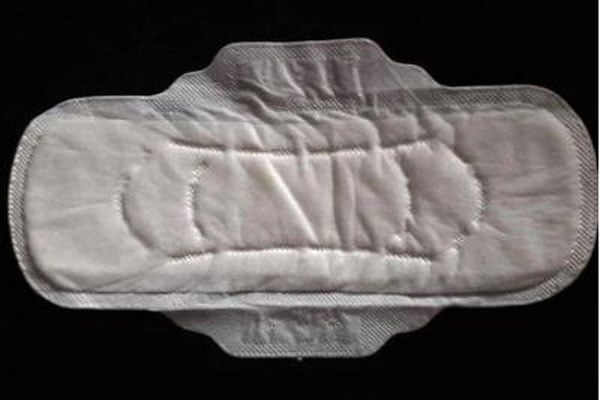Children with disabilities get mobility appliances

Ms Zaituna Asio (L), the Plan International East Central Region Programme Manager hands over wheelchairs to children at Ngandho Health Centre in Buyende. Photo | SAM CALEB OPIO
What you need to know:
- According to Dr Mwesigwa, most children suffer from cerebral palsy, especially those born to young mothers; drug abuse, and congenital deformities of inner limbs.
Children with disabilities in Buyende District have received mobility assistance devices to help them exercise and enrol in school.
Records from Kamuli General Hospital, which handles patients from Kamuli, Buyende and Luuka districts, suggest that there are about 1,388 patients, including 708 children with mental, physical and psychological-related illnesses manifesting as epilepsy, cerebral palsy, disabilities, club foot and domestic violence traumas.
While handing over seven wheelchairs procured by the Korea International Cooperation Agency (KOICA) over the weekend, Ms Zaituna Asio, the Plan International East Central Region Programme Area Manager, advocated for inclusiveness and mobility through the promotion of gender equality and inclusion.
“We are reaching out to these vulnerable children so that they get access to inclusive education, have mobility to church, communities and out of confinement which traumatises them,” she said.
She challenged parents to give their children more exercise, and exposure to friends while using the mobility appliances. She also tipped communities to ensure the reduction in adolescent pregnancies through sexual reproductive health rights (SRHR), and gender responsive and inclusive health services.
Kamuli District Hospital Orthopedic therapist, Dr Eric Mwesigwa, commended KOICA and Plan International for coming to the children’s rescue.
“These children have been confined which makes them more vulnerable, traumatised, and neglected. We need sign language teachers, mobility appliances and more physiotherapists for outreaches,” he said.
According to Dr Mwesigwa, most children suffer from cerebral palsy, especially those born to young mothers; drug abuse, and congenital deformities of inner limbs.
“Most of them are identified, but may either not be reached, neglected, hidden, or not going to school and lack basic needs,” he explained.




